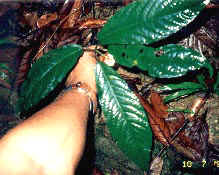|
This is the representative of a local tropical
ant plant: Hydnophytum formicarum, found at a rather open
position. This plant has small white flowers and bright orange
fruits. The hollow tuber is a myriad of ant chambers. In SE Asia and the
tropical Pacific islands, Rubiacea is a large family with many interesting
representatives of this habit -see also
Nick's webpage. |
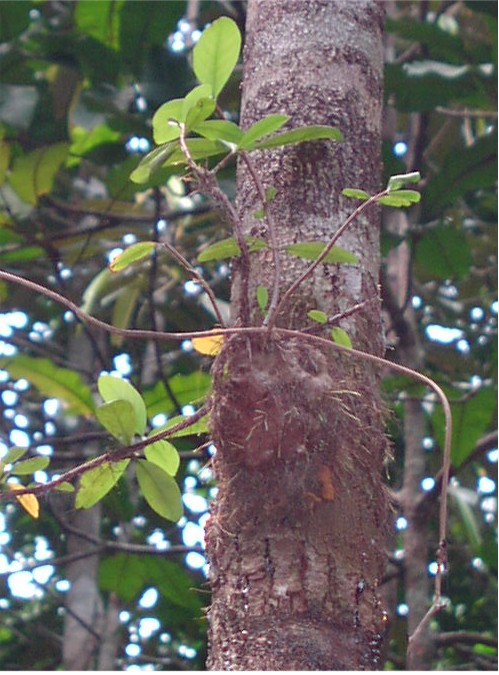 |
|
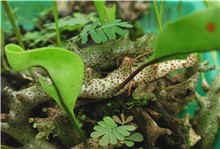
|
Phymatodes
sinuosa is an ant fern found in many lowland localities in SE Asia- the
thick hollow stem is often inhabited by ants.
|
| The cabbage-like
basal fronds of Platyceriums (staghorn ferns) is also a hot bed for ants,
not to mention other epiphytes, tree frogs, snakes and other creepy
crawlies.
Shown here is a P. ridleyii. |
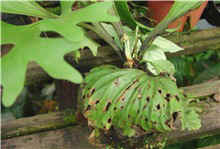
|
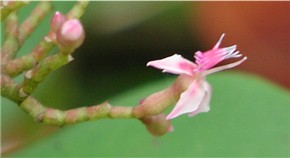 |
Pachycentria
is of the Melastoma family, the genus consist of 8 species (according to
Gudrun Clausing) of mainly epiphytic plants closely related to Medinilia.
It is found in Burma, Thailland, Malaysia, Borneo, PNG, The
Philippines, Sumatra, Java and Sulawesi.
Left: Bloom of P. varingiifolia. |
| Right:
The P. constricta has a large tuberous root which becomes hollow upon
aging. Ants then inhabit the area. Ants also help to disperse the seeds.
In Indonesia, the roots are eaten by women after childbirth.
Below: The 2 photos show the plant and
closeup of the swollen nodes in the roots of P. glauca ssp maingayii from
W. Malaysia. |
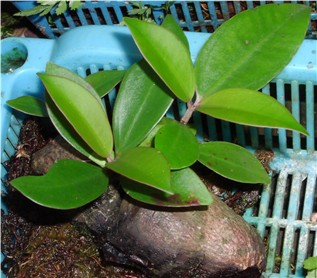
|
|
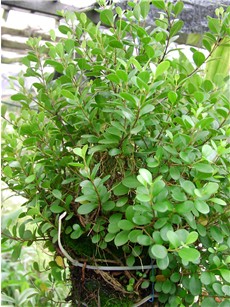
|
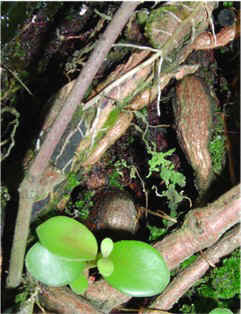
|
|
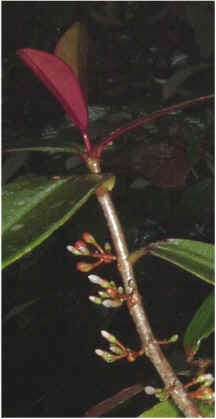
|
Left and below: A Pachycentria in the wild (photo from West Malaysia).
This species has leathery leaves that are red below but no noticeable
bulbous roots so it may not be an ant plant.
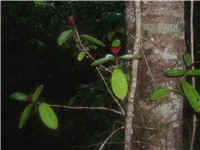
|









